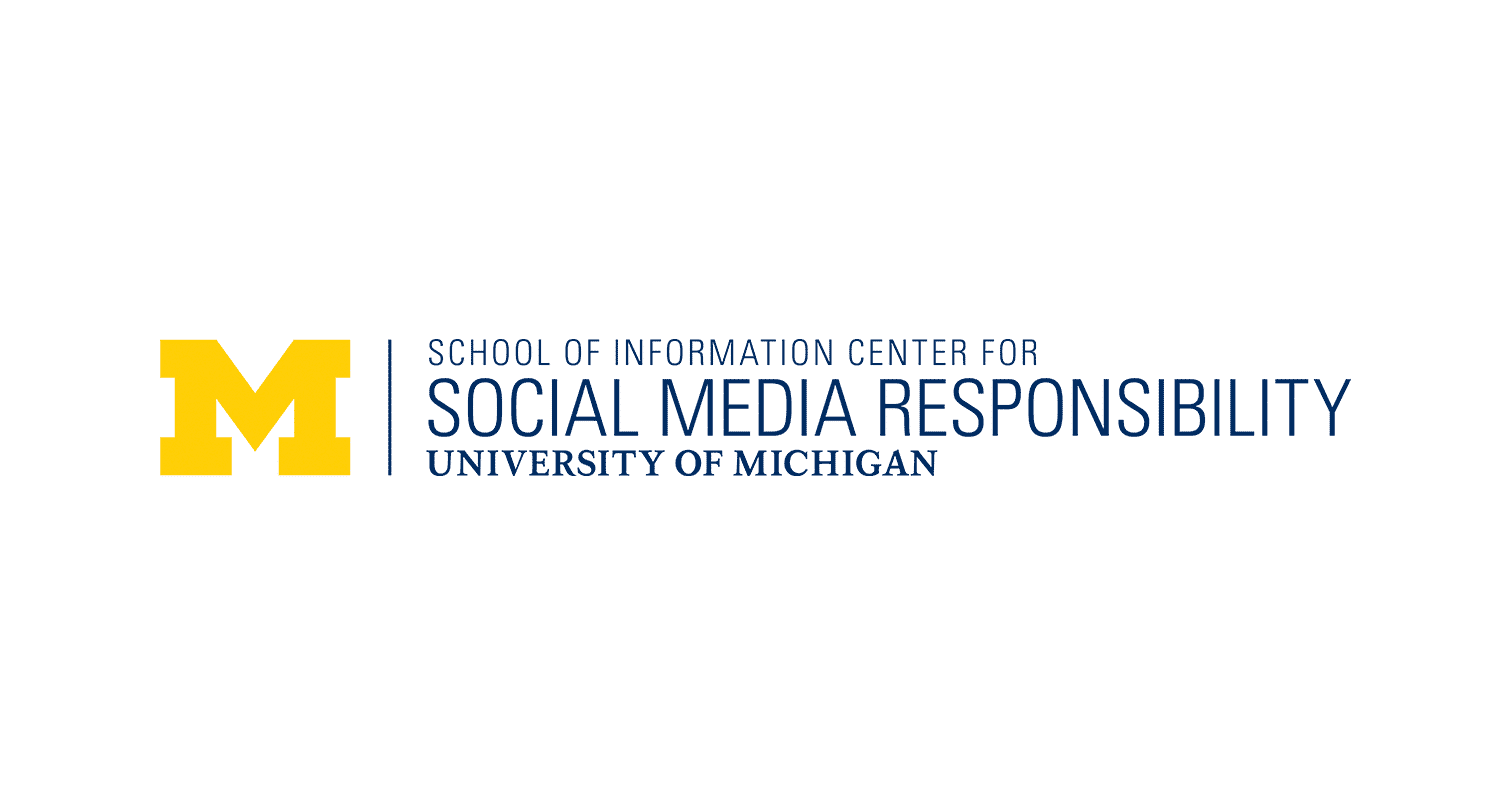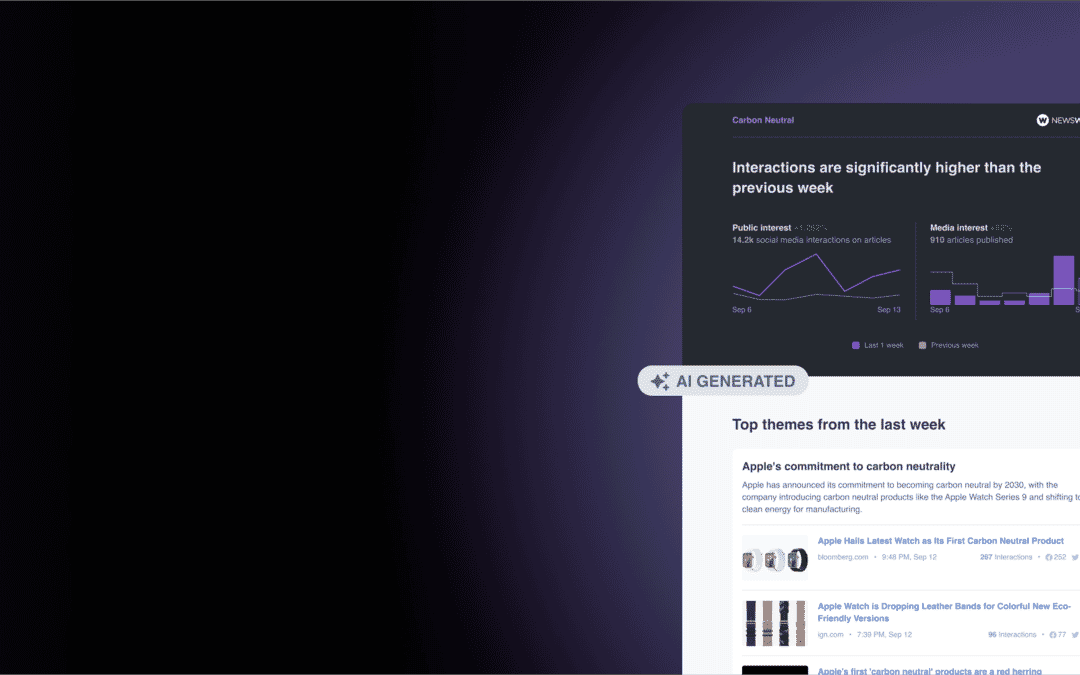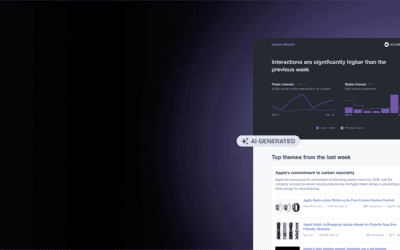When financial markets are volatile, there is often a “flight to quality” in investment allocations. People move their money into gold or other investments that they perceive to be less risky.
During the early days of the COVID-19 lockdown in the U.S., there was apparently an analogous flight to quality in the public’s attention allocation. People paid more attention to news from mainstream sites and less attention to Iffy sites, at least if the URLs that were most shared on Facebook and Twitter provide any indication.
Measuring the flight to quality
The Iffy Quotient, published by the University of Michigan Center for Social Media Responsibility (CSMR), is the fraction of the most popular URLs on Facebook and Twitter that come from Iffy sites, our tongue-in-cheek way to describe sites that often publish misinformation. The most popular URLs each day are determined by NewsWhip, one of CSMR’s partners. Another partner, NewsGuard, provides the site ratings, with Media Bias/Fact Check ratings used for sites that are not rated by NewsGuard.
In late February, we noticed a drop in the Iffy Quotient: fewer of the popular URLs on both Facebook and Twitter were coming from Iffy sites. We were inspired to check whether there was a concomitant surge in sharing of articles from mainstream sources, which we might interpret as a flight to quality in uncertain times.
To conduct the analysis, we identified a set of 30 mainstream news sources. These were taken from a 2019 academic study on news source quality published in the Proceedings of the National Academy of Sciences. The complete list is provided at the bottom of this post.
We then computed, for each day, the Mainstream Quotient. It is analogous to the Iffy Quotient, and both are computed based on the 5000 most popular URLs on a platform, as reported by NewsWhip. The Mainstream Quotient is the fraction of those 5000 that comes from one of the 30 mainstream news sites.
Two figures tell the tale.
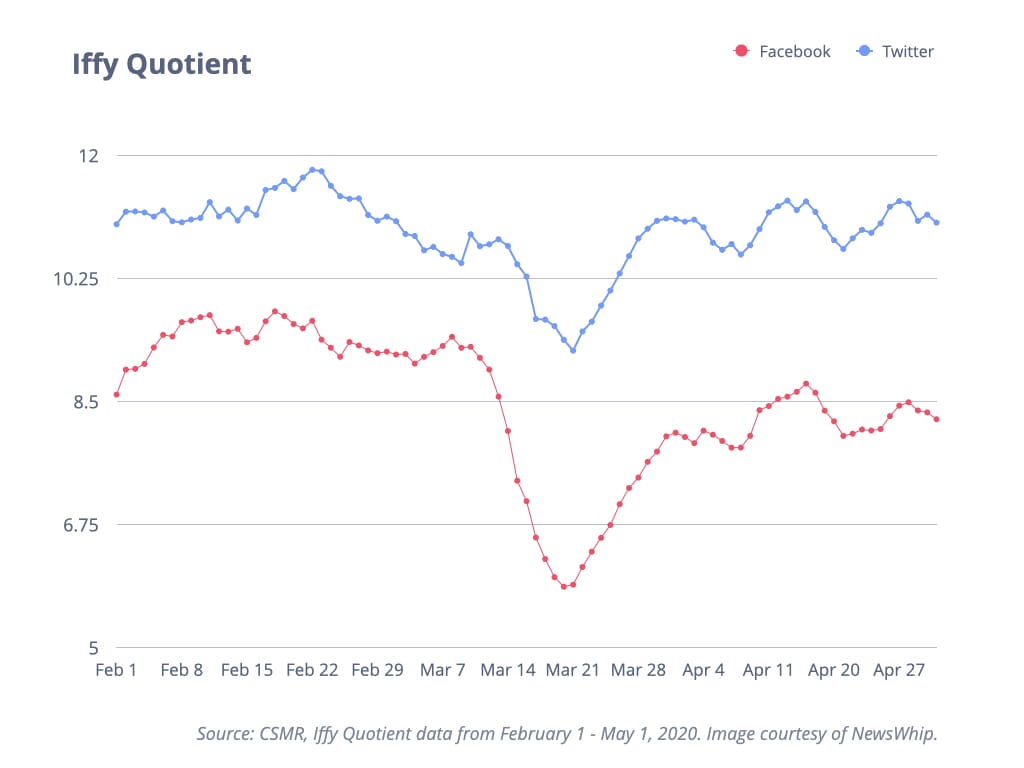
Figure 1: Iffy Quotient from February 1 – May 1, 2020
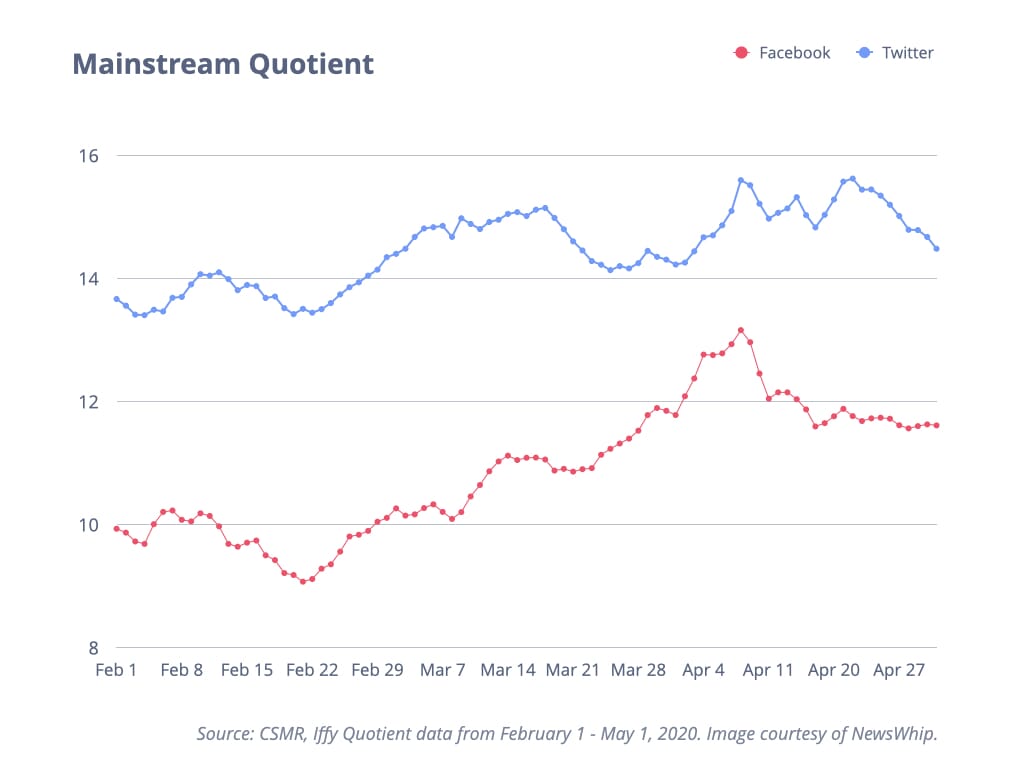
Figure 2: Mainstream Quotient from February 1 – May 1, 2020
There was a somewhat steady rise of the Iffy Quotient on Facebook starting in mid-January 2020 until it hit a local maximum of 9.8% on February 18. Between February 18 and March 21 we saw a meaningful decline until it hit a low of 5.9% on March 20–21, the lowest it has been since mid-August 2019. After that, the Iffy Quotient rose back to 8% by April 1, hovered around 8%–9%, and has risen further in recent weeks.
Between February 10–21, the Mainstream Quotient decreased from 10.2% to 9.1%, but thereafter that percentage rose generally steadily until April 8, when it hit 13.2%—the highest in the history of our data (starting in January 2016). This mainstream percentage has trended a little lower (~10.5%–12.5%) since April 8 but is still higher than in the weeks and months before February 10. In fact, the percentage hasn’t hovered around this level since mid-to-late June 2018 or a few similar times in fall 2018.
The story is similar on Twitter. The Iffy Quotient declined starting on February 22, from 11.8% to 9.1% on March 21, the lowest it has been since mid-July 2019. After that, the Iffy Quotient rose back to 10.9% by April 1, hovered around 10.5%–11.5%, and has crept up with some volatility in recent weeks.
The mainstream news situation is also similar on Twitter. Between February 10–22, the Mainstream Quotient decreased from 14.1% to 13.4%, then rose generally steadily until April 8, when it hit 15.6%—the highest since early October 2019. The percentage has hovered between 14.1%–15.6% since April 8 (with a slightly bigger dip for about a week in late May/early June), again higher than in the months before February 10.
The picture overall
Note that the vast majority of the most popular content most days came from neither Iffy sites nor mainstream news sites. Typically, the two combined for less than a quarter of all the popular URLs. Entertainment, gaming, and other non-news content, as well as content from other news sites outside our small list of mainstream sites make up the majority of the most popular content.
Overall, then, during the initial stages of the COVID-19 crisis there has been both a relative reduction in sharing of content from Iffy sites on Facebook and Twitter, and a relative increase in the sharing of content from mainstream news sites.
Presumably, this reflects a combination of changes in user behaviors (greater interest in mainstream news sources, less in Iffy sources) and actions taken by the platforms. On a number of occasions Facebook and Twitter have publicly announced their efforts to combat the spread of misinformation about COVID-19, ranging from the removal of such content to the addition of warning labels and messages and, on Facebook, a “COVID-19 Information Center.”
It will be interesting to see whether this “flight to quality” is short-lived. Already we have seen a rebound in the Iffy Quotient and a slight decline in the Mainstream Quotient, though it is promising that the latter is still higher than it was pre-COVID-19. Will the Iffy Quotient continue to climb? Will the flight to information quality endure?
* List of 30 Mainstream News Sources (from Pennycook and Rand [2019]—please see page S2):
bloomberg.com, fortune.com, theguardian.com, npr.org, salon.com, newsweek.com, politico.com, pbs.org, economist.com, nbc.com, abcnews.go.com, cbsnews.com, cnn.com, foxnews.com, huffingtonpost.com, msnbc.com, nytimes.com, usatoday.com, washingtonpost.com, wsj.com, aol.com/news, bbc.co.uk, bostonglobe.com, chicagotribune.com, dailymail.co.uk, latimes.com, news.yahoo.com, nydailynews.com, nypost.com, sfchronicle.com





